Search
Minrl – Jewellery & Design
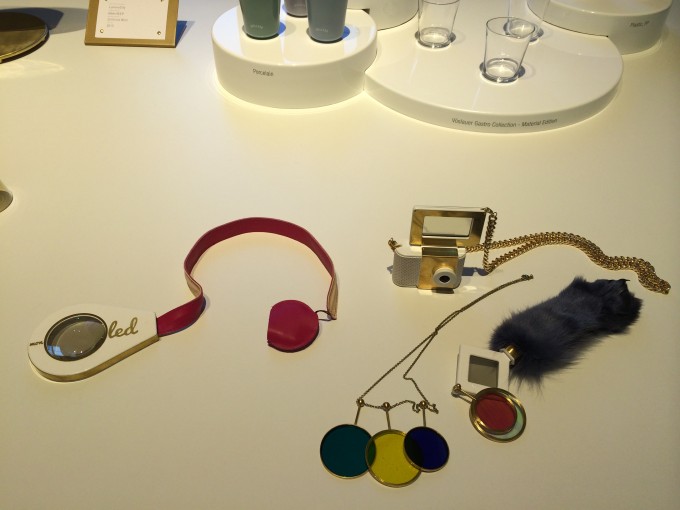
Confession of Design (Austria)
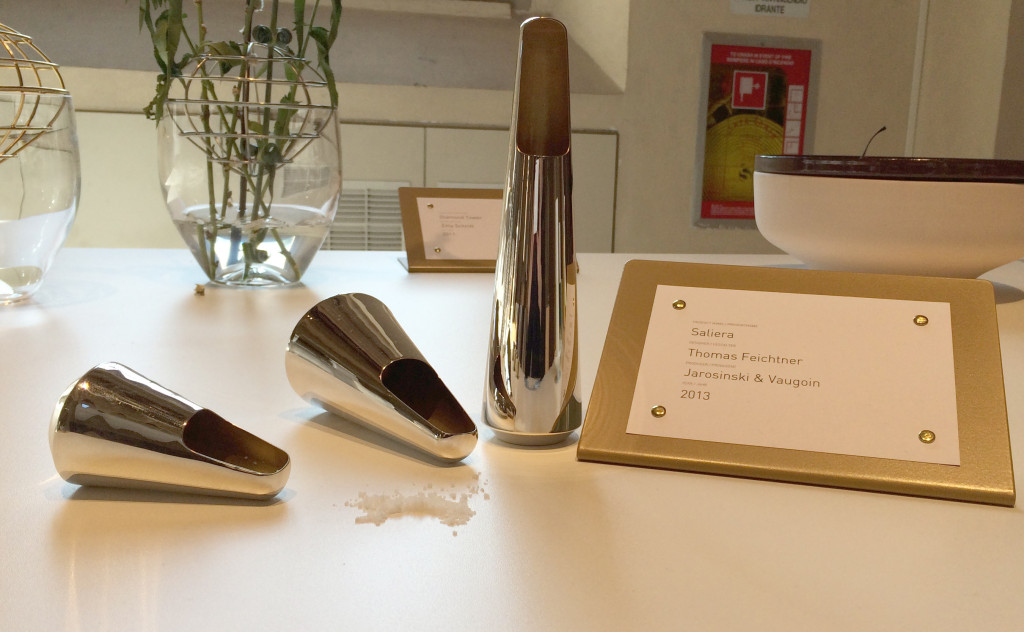
Thomas Feichtner is an internationally acclaimed product designer. The focus of his work is artistic aspects, an experimental approach to design and the search for an independent working method removed from mainstream globalisation and mass production. Many of his works have received international design prizes and have found their way into prestigious design collections. Feichtner lives and works in Vienna and is a Professor for Product Design at the Muthesius Academy of Fine Arts in Kiel, Germany.
For his product Saliera, Thomas Feichtner took inspiration from the history of the longstanding silver manufactory Jarosinski & Vaugoin. During the late 1960s, they produced several replicas of the legendary Saliera by Benvenuto Cellini. For Feichtner this has given rise to a series of silver spice containers. The salt cellar can be tilted to remove salt through an opening with two fingers. In this way, Feichtner gets the users of the salt cellar to playfully, but consciously approach the concept underlying this object, rather than to just casually sprinkle on salt.
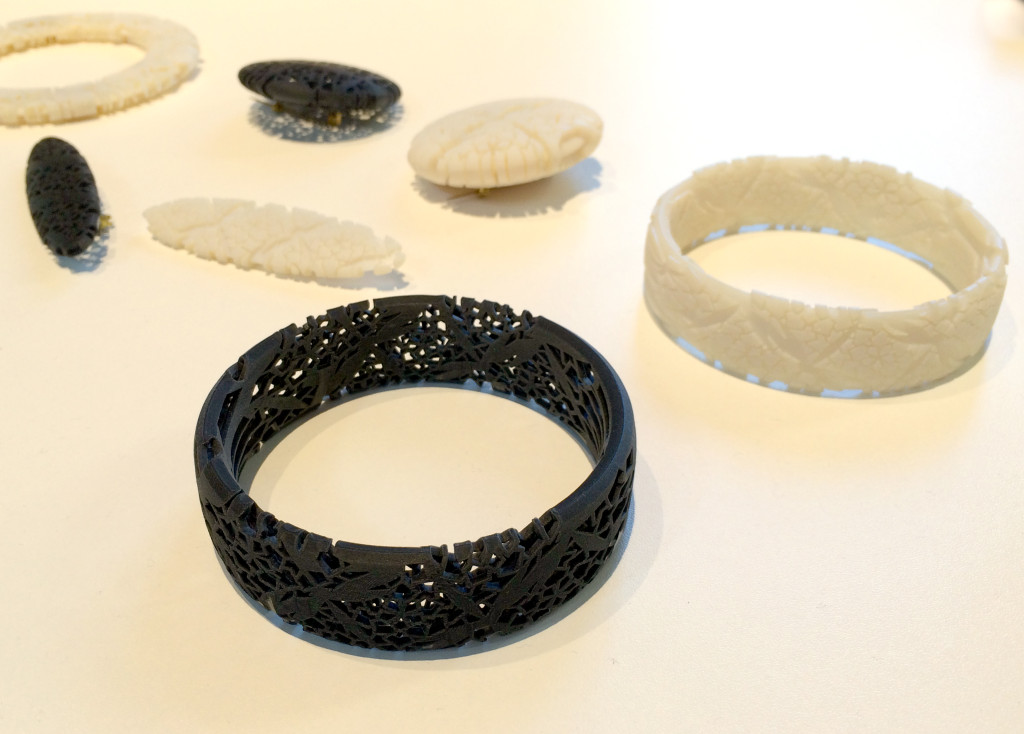 Veronika Meierhofer studied Industrial Design at the University of Art and Design Linz. She then went abroad in 2006 to gather international experience, first at the design studio of Ineke Hans in Arnhem (NL) and in 2007/08 at the Design Academy Eindhoven (NL). Since 2006 she has shown her work at group exhibitions, including at the Austrian Museum of Applied Arts in Vienna, at the Landestheater in Linz as well as at BA-CA Kunstforum and Semperdepot in Vienna. In 2009 she was awarded the talent prize of “sofresh.the jewellery award by Pierre Lang” for “Zwei – connecting jewellery”. Zwei – two pieces of jewellery dedicated to the link between two people. A connecting pair is created by a pattern with two elements that interlock. The open areas of one are reflected in the surfaces of the other, forming positive and negative, like a key and its lock. The twelve pieces have been created with the help of computer-aided design (CAD) and produced using a special 3D printing process, resulting in a layer thick-ness of just 0,016 mm. This is the only way of realising the fine structure of the design, with some pieces taking up to eight hours to be printed.
Veronika Meierhofer studied Industrial Design at the University of Art and Design Linz. She then went abroad in 2006 to gather international experience, first at the design studio of Ineke Hans in Arnhem (NL) and in 2007/08 at the Design Academy Eindhoven (NL). Since 2006 she has shown her work at group exhibitions, including at the Austrian Museum of Applied Arts in Vienna, at the Landestheater in Linz as well as at BA-CA Kunstforum and Semperdepot in Vienna. In 2009 she was awarded the talent prize of “sofresh.the jewellery award by Pierre Lang” for “Zwei – connecting jewellery”. Zwei – two pieces of jewellery dedicated to the link between two people. A connecting pair is created by a pattern with two elements that interlock. The open areas of one are reflected in the surfaces of the other, forming positive and negative, like a key and its lock. The twelve pieces have been created with the help of computer-aided design (CAD) and produced using a special 3D printing process, resulting in a layer thick-ness of just 0,016 mm. This is the only way of realising the fine structure of the design, with some pieces taking up to eight hours to be printed.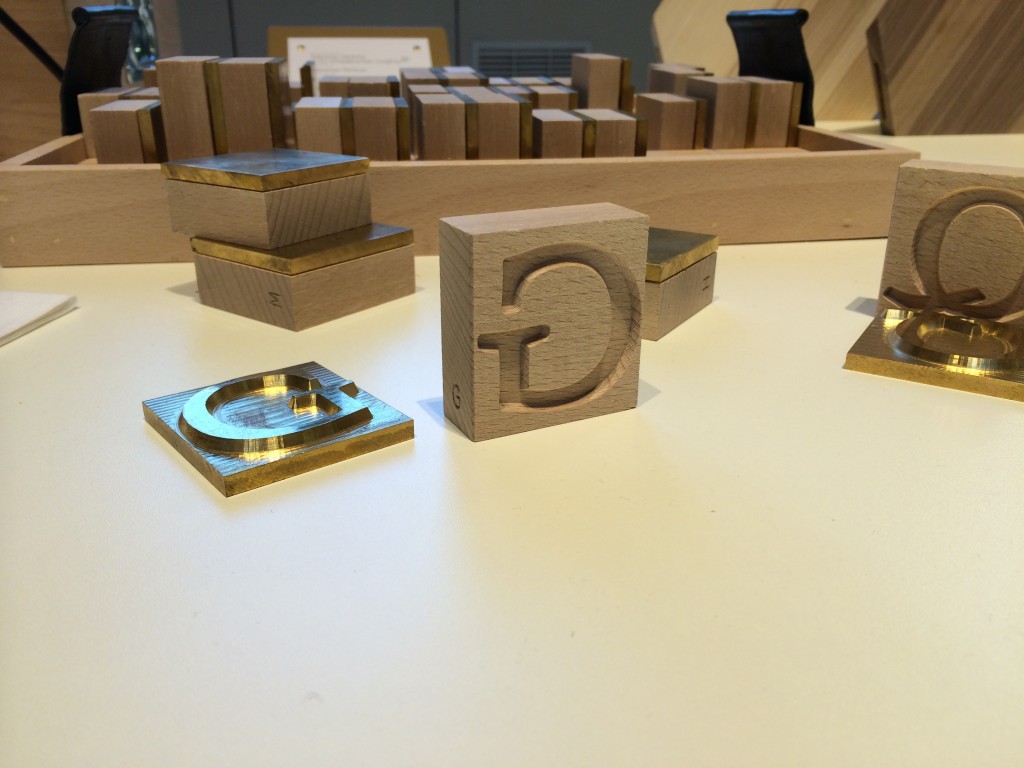
Is there anything we make nowadays that is meant to last for ever? A question posed by Sebastian Herkner in his project with the “Schwäbische Jungfrau”, the “Swabian Maiden”, a table and bed-linen dealer specialising in monogrammed embroidery. Herkner’s contemporary approach prompted him to ask the question: why not make monograms with heat, thus labelling the fabric only temporarily? In view of today’s eagerness for flexibility and multiple usage, this seems a thoroughly sensible approach, which Herkner has skilfully highlighted in his installation.
The so-called Passionswege, a cooperation project devised and curated by the association Neigungsgruppe Design, is staged every autumn in the framework of VIENNA DESIGN WEEK. It aims to bring together Austrian manufacturers and international designers, and VIENNA DESIGN WEEK is responsible for commissioning the designers taking part, paying for travel costs and artists’ fees and selecting the businesses and creative spirits who work together. This cooperation between industry and design revolves around the transfer of knowledge, mutual appreciation and process-based project work, freed from the restraints and procedures normally involved in commercial business relationships.
Te a me cup for MOA Eating Products by Vera Wiedermann (2012)
MOA Eating Products seduces into culinary worlds. Vera Wiedermann, born 1986 in Innsbruck, moved first to Milan and then relocated to Vienna to study Industrial Design at the University for Applied Arts and founding her own design studio in 2010. MOA designs functional products from tableware to food and eating design concepts, develops space installations, restaurants and workshops. Have you ever “lost” your tea bag in the cup? Or have you been annoyed that the string of the tea bag was tied too tightly around the cup’s handle? The Te a me cup offers a solution to these problems. The tea bag’s label can be fixed easily to the slot of the cup’s side. To keep the water hot it is possible to place the saucer on the cup. After usage, the tea bag can be deposited on the saucer. HOLDABLES by taliaYstudio (2014) 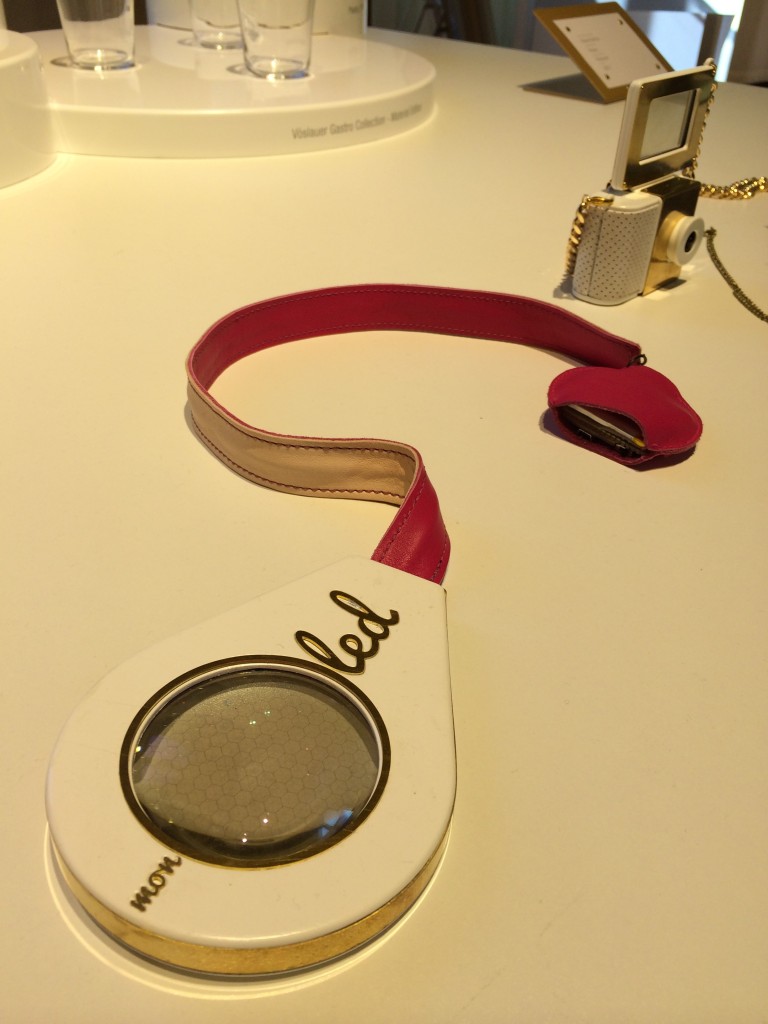 Talia Radford was born in Palma de Mallorca and educated in England before moving to Vienna and graduating from the University of Applied Arts. After an internship in Hong Kong at Michael Young, Talia founded the design studio taliaYsebastian in 2011 which now exists as taliaYstudio. Her multicultural background and travels inspire the studio´s human-based approach to product design, in which the relationship people have with themselves, each other and their surroundings plays a central role in the rhetoric of the product experience. The studio specialises in making technology tangible through design. HOLDABLES is a prototype series of hand-held and wearable devices that objectify transparent OLED technology: a camera KISS-KAM, a health device S.A.D LOLLY and a monocle MONOLED. The project envisions a technology that is both wearable and desirable, but also visible and chic. KISS-KAM uses the OLED as a viewfinder and flash: kissing it triggers the camera to take a photo, referencing the language of social media into a physical act. S.A.D LOLLY is a health monitor that helps prevent seasonal affected disorder by logging the wearer’s exposure to light and turning on the OLED for “Light Shots”. The MONOLED is a monocle with integrated lighting, in which the lens and the light are united by manipulating the surface of OLEDs through laser-cutting. Drinking Sets for Lobmeyr by various designers (1914-2013)
Talia Radford was born in Palma de Mallorca and educated in England before moving to Vienna and graduating from the University of Applied Arts. After an internship in Hong Kong at Michael Young, Talia founded the design studio taliaYsebastian in 2011 which now exists as taliaYstudio. Her multicultural background and travels inspire the studio´s human-based approach to product design, in which the relationship people have with themselves, each other and their surroundings plays a central role in the rhetoric of the product experience. The studio specialises in making technology tangible through design. HOLDABLES is a prototype series of hand-held and wearable devices that objectify transparent OLED technology: a camera KISS-KAM, a health device S.A.D LOLLY and a monocle MONOLED. The project envisions a technology that is both wearable and desirable, but also visible and chic. KISS-KAM uses the OLED as a viewfinder and flash: kissing it triggers the camera to take a photo, referencing the language of social media into a physical act. S.A.D LOLLY is a health monitor that helps prevent seasonal affected disorder by logging the wearer’s exposure to light and turning on the OLED for “Light Shots”. The MONOLED is a monocle with integrated lighting, in which the lens and the light are united by manipulating the surface of OLEDs through laser-cutting. Drinking Sets for Lobmeyr by various designers (1914-2013) 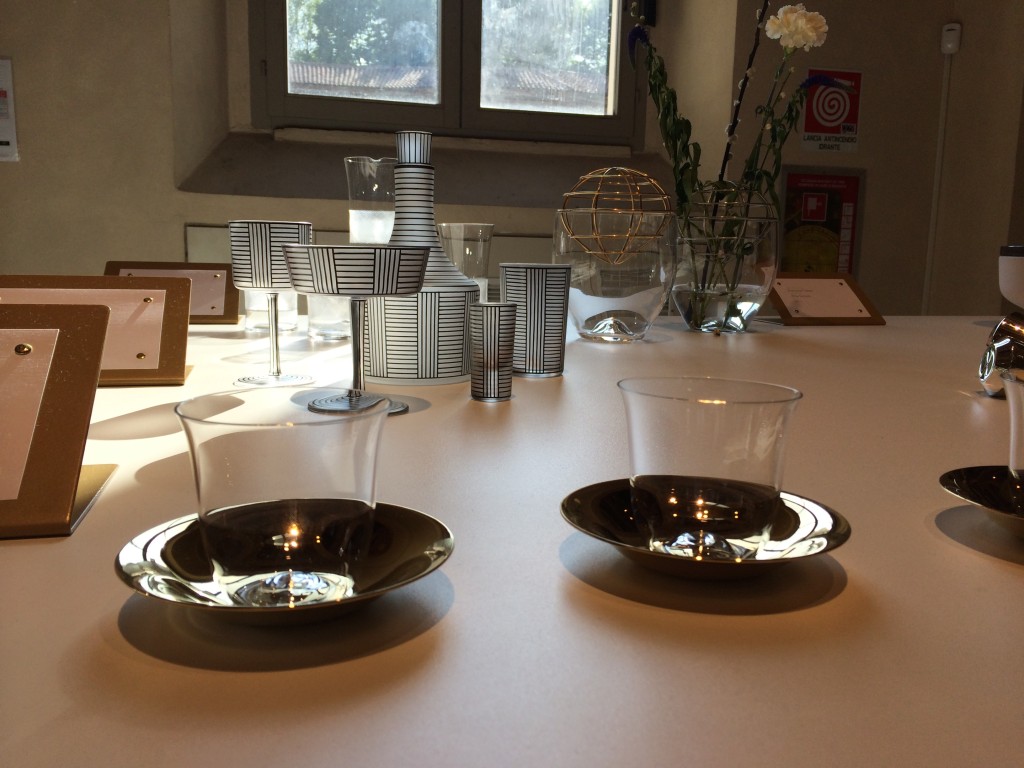 Drinking set N°282 by Ted Muehling
Drinking set N°282 by Ted Muehling 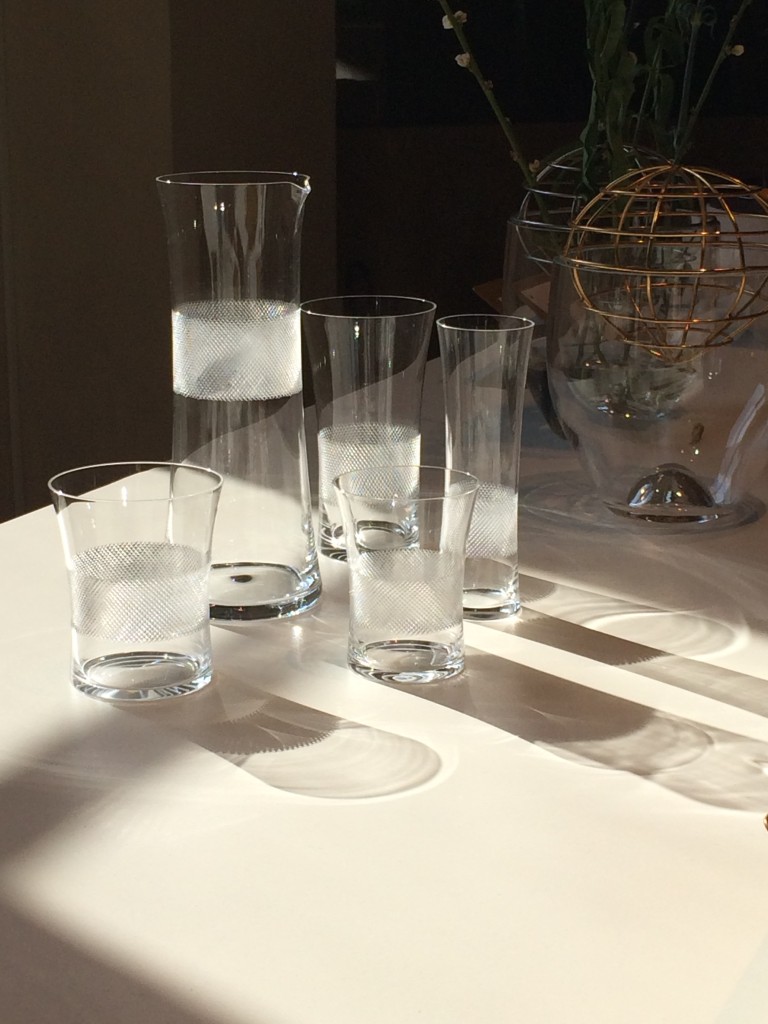 In 1823 Josef Lobmeyr opened his first little shop in the heart of Vienna. Since then six generations unveil the miracle of glass. Together with designers like Josef Hoffmann, Adolf Loos, Ted Muehling and Max Lamb classics in handmade crystal and chandeliers were born, which are appreciated by connaisseurs all over the world. Lobmeyr crystal can be found in collections like the MoMA New York, V&A London and the MAK in Vienna. The MOMA in New York collects it, Alain Ducasse serves it, the best designers create it and people all over the world treasure it every day: glassware made by Vienna manufacturer J. & L. Lobmeyr sparks universal fascination. Before reaching the shops, Lobmeyr glassware has gone through at least 24 pairs of hands and four separate quality controls, the last of which is always by a member of the family. It’s the little differences that make Lobmeyr glassware what it is and inspire Lobmeyr fans all over the world. Lobmeyr glass designers are painters, architects, and designers. Around the turn of the century it was Josef Hoffmann or Adolf Loos, today it is Stefan Sagmeister, Helmut Lang, Ted Muehling, Gregor Eichinger, Michael Anastassiades, Tomàs Alonso, Marco Dessí and others. LAMPIENTA by Madeleine Plass (2013)
In 1823 Josef Lobmeyr opened his first little shop in the heart of Vienna. Since then six generations unveil the miracle of glass. Together with designers like Josef Hoffmann, Adolf Loos, Ted Muehling and Max Lamb classics in handmade crystal and chandeliers were born, which are appreciated by connaisseurs all over the world. Lobmeyr crystal can be found in collections like the MoMA New York, V&A London and the MAK in Vienna. The MOMA in New York collects it, Alain Ducasse serves it, the best designers create it and people all over the world treasure it every day: glassware made by Vienna manufacturer J. & L. Lobmeyr sparks universal fascination. Before reaching the shops, Lobmeyr glassware has gone through at least 24 pairs of hands and four separate quality controls, the last of which is always by a member of the family. It’s the little differences that make Lobmeyr glassware what it is and inspire Lobmeyr fans all over the world. Lobmeyr glass designers are painters, architects, and designers. Around the turn of the century it was Josef Hoffmann or Adolf Loos, today it is Stefan Sagmeister, Helmut Lang, Ted Muehling, Gregor Eichinger, Michael Anastassiades, Tomàs Alonso, Marco Dessí and others. LAMPIENTA by Madeleine Plass (2013) 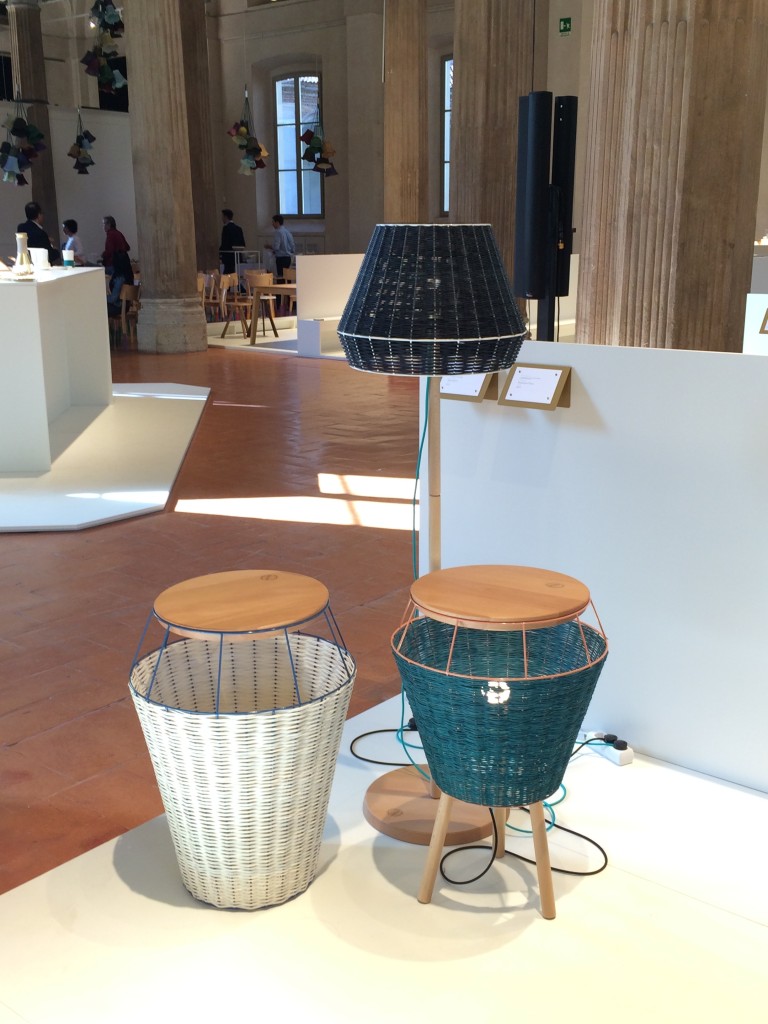 Madeleine Plass was born in Wels, Upper Austria, in 1987 and studied Interior and Product Design at Munich’s Academy of Fine Arts and Architecture and Industrial Design at the University of Applied Arts in Vienna. This young designer gathered experience at prestigious Austrian design studios such as MARCH GUT in Linz and Vienna-based dottings.
Madeleine Plass was born in Wels, Upper Austria, in 1987 and studied Interior and Product Design at Munich’s Academy of Fine Arts and Architecture and Industrial Design at the University of Applied Arts in Vienna. This young designer gathered experience at prestigious Austrian design studios such as MARCH GUT in Linz and Vienna-based dottings.
Social entrepreneurs use innovative, far-reaching approaches to bring about large-scale lasting solutions to social problems. Madeleine Plass took note of this basic principle and has developed design products which are produced in cooperation with the Vienna-based Korbflechterei, a basket-weaving workshop that employs the disabled. These products draw attention to such manufacturing enterprises and the people behind them. They revolve around the value of hand craftsmanship and pride in sound products that are socially sustainable.
LAMPIENTA is the name given to a range of wicker-work baskets in three different sizes. They consist of a metal frame with natural materials woven around it. Additional modules such as wooden covers or rods can then be used to also create lamps or tables from the baskets.
Emissaire by Hannes Schreckensberger (2013)
Hannes Schreckensberger divides his attention between the fields of architecture and design. His design objects generally develop from the examination of materials, production techniques, forms and their significance. When producing these objects, he sets store by including an experimental element, which is always simple yet expedient. Schreckensberger studied architecture both in Vienna and Paris and mainly works with the French designer Célia Picard, with whom he set up the design studio Celia-Hannes. In 2013 this pair of designers undertook artist-in-residencies in Chongqing (China), Strasbourg (France) and New York (USA). Emissaire is a set of ten individual glass elements which can be endlessly combined to create imaginary landscapes. The shape and feel of these glass objects aims to awaken the playful side to man, inviting people to enjoy themselves by rearranging the pieces. Such contemplative action is a sort of meditation that encourages the beholder to engage in reflection. The elaborate and unusual production process used for the glass objects makes Emissaire a luxury item which unfolds its playful character through interaction with man. This dichotomy gives Emissaire a unique appeal of its own.
©100%natural-monitor


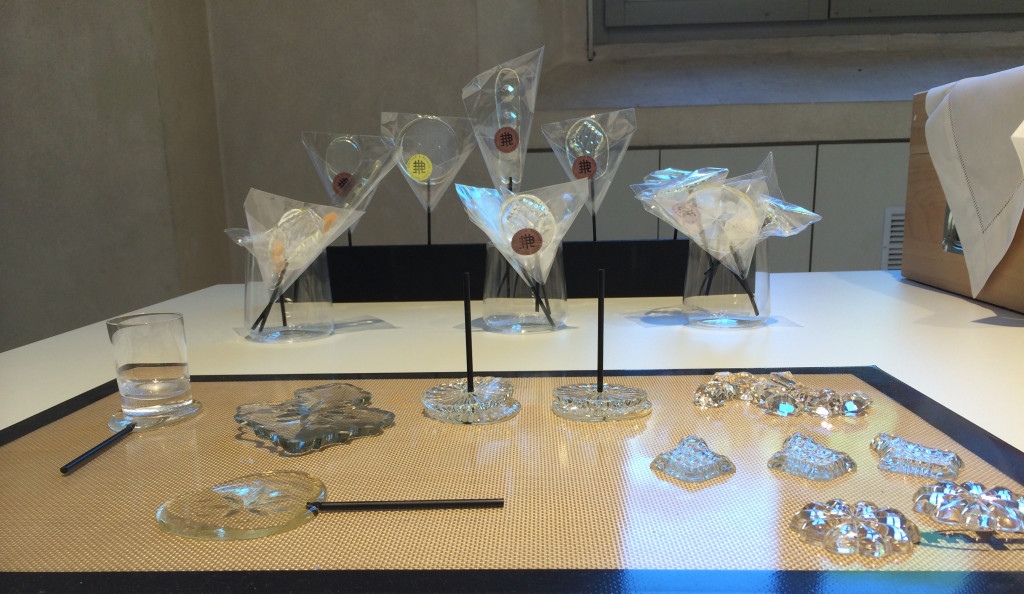
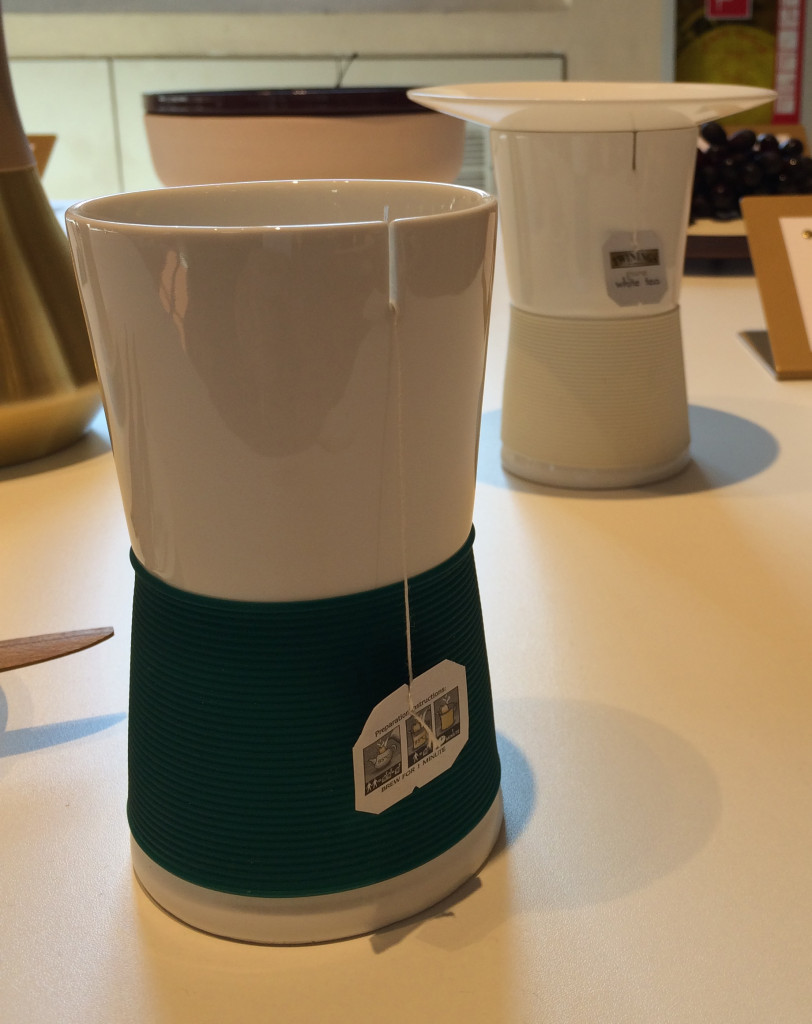
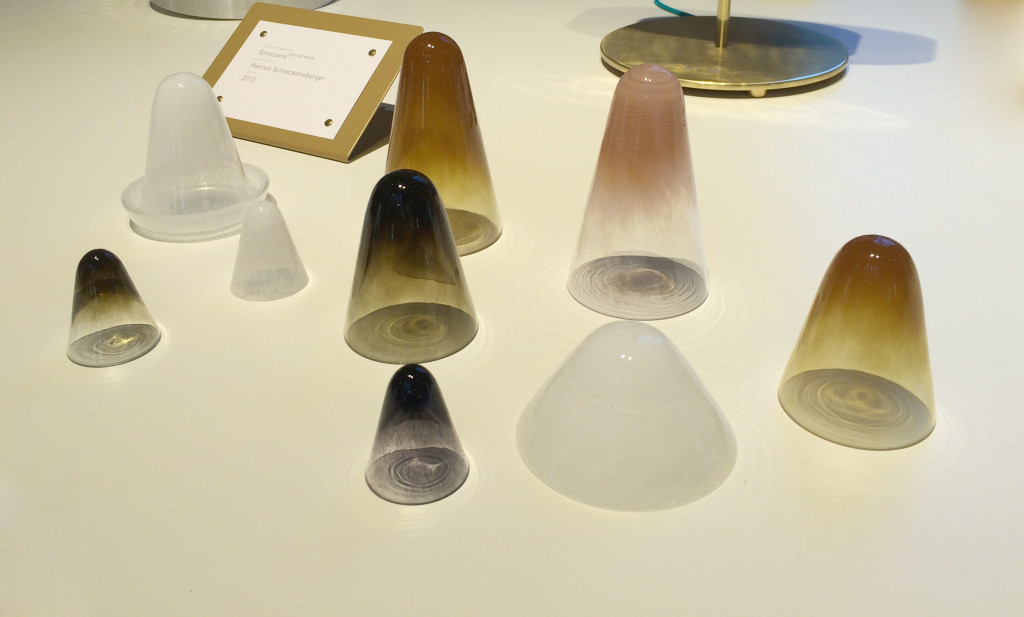

Start the conversation